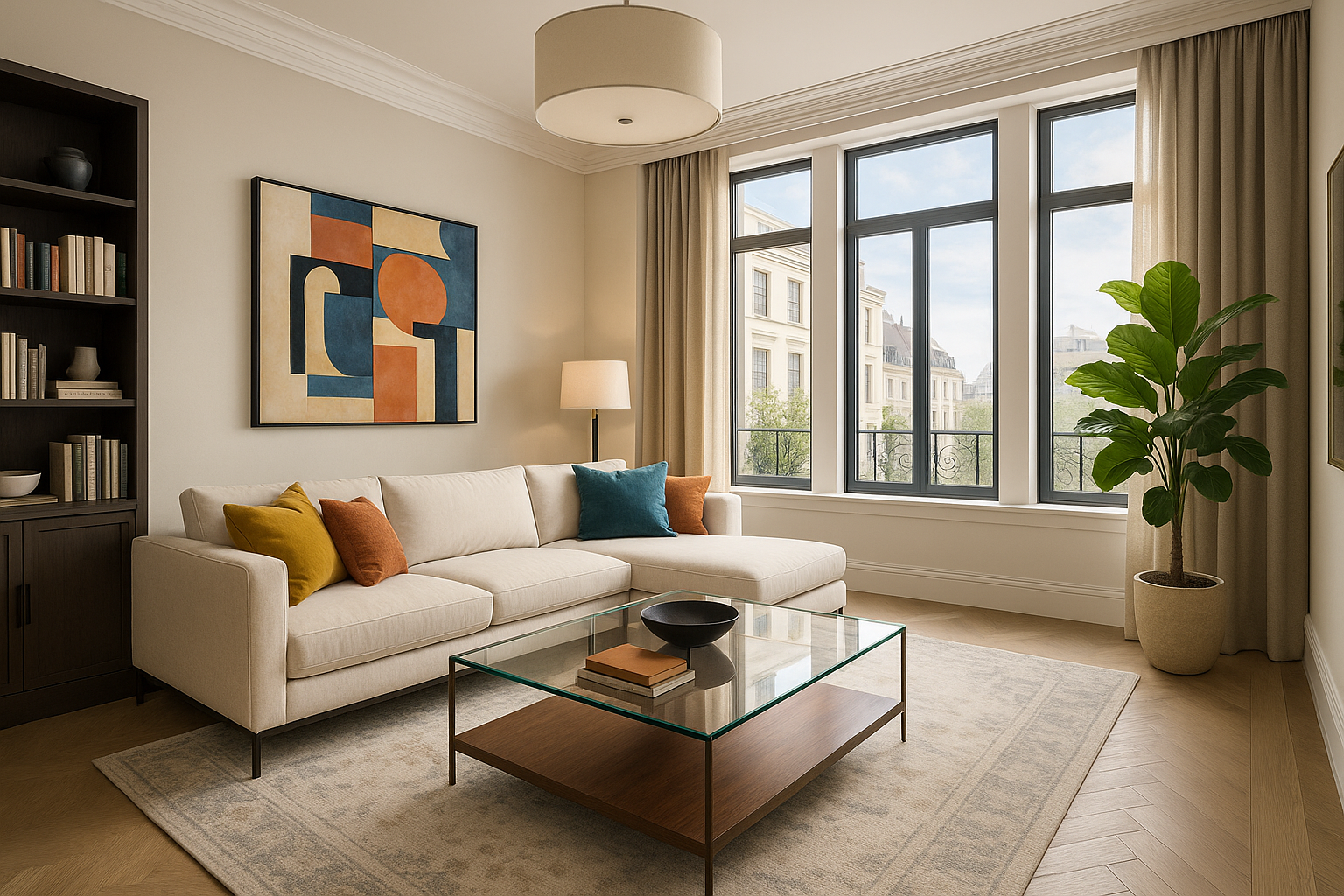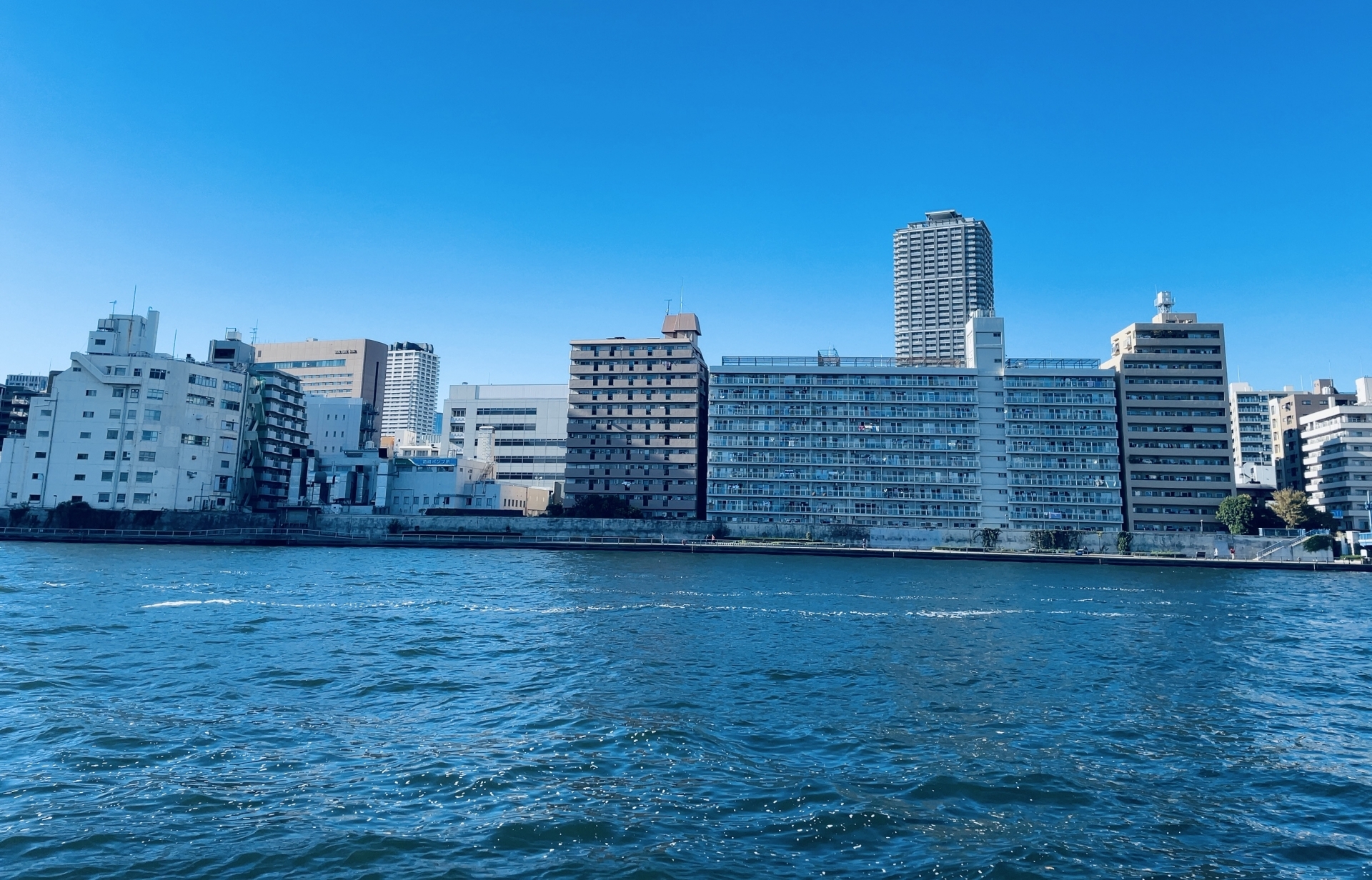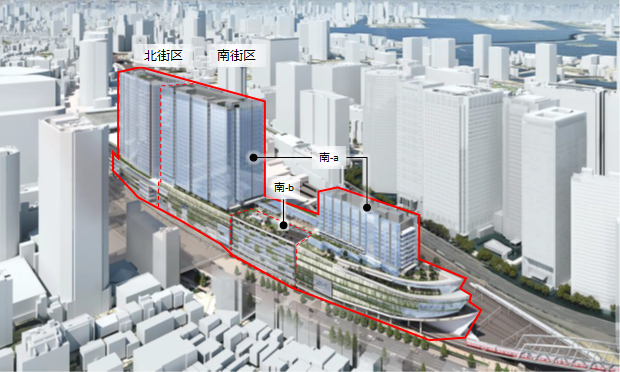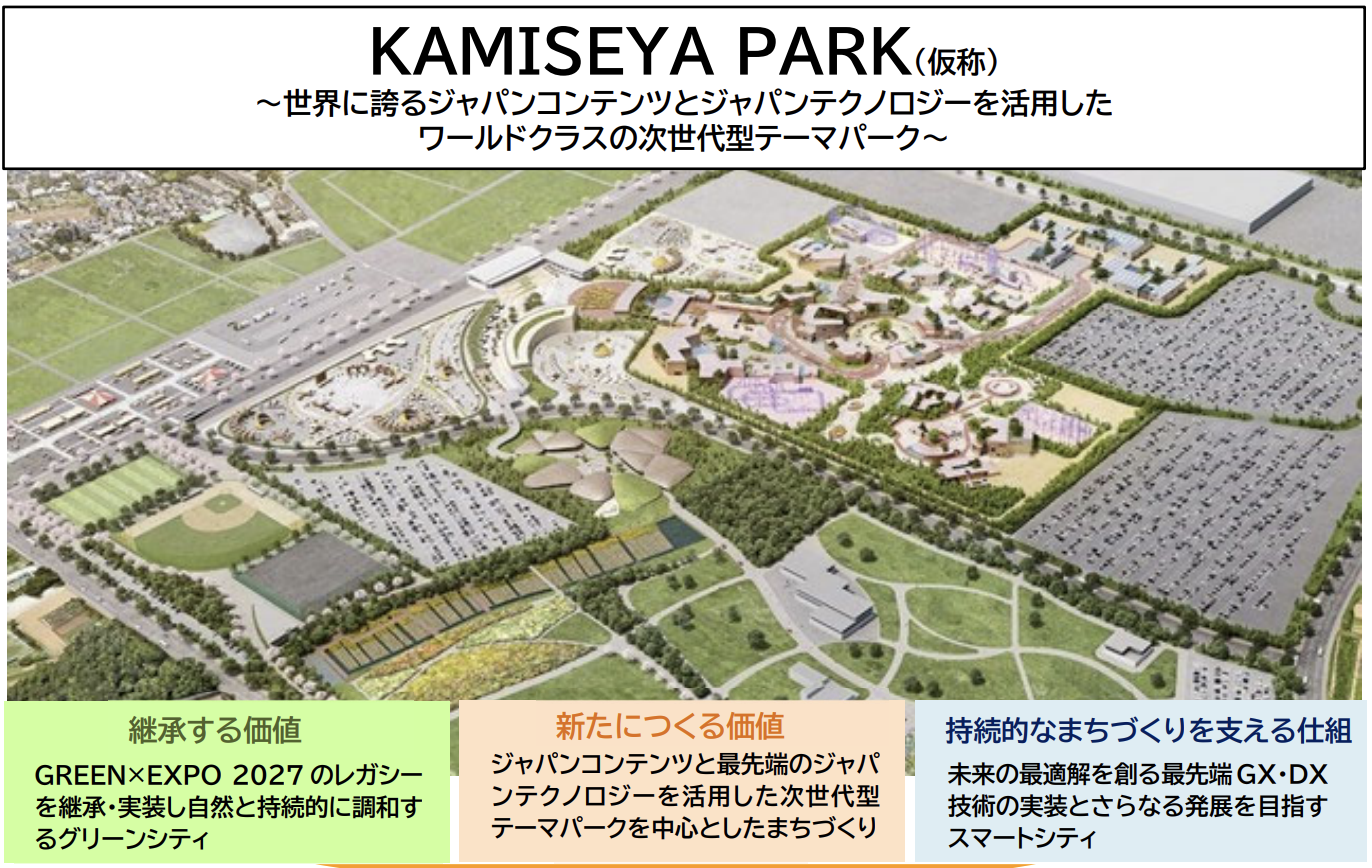One of the most vexing issues for property owners in the operation of rental properties is the division of repair expenses. In particular, there are many inquiries from tenants regarding the replacement of screens, and this is an important issue that requires an appropriate response.
Although screens are equipment used on a daily basis, many owners do not have a clear understanding of who bears the cost of repairing them. Failure to make appropriate decisions can lead to problems with tenants and unnecessary expenses.
In this article, based on INA&Associates' long experience in property management, we will explain in detail the legal basis and practical points regarding the burden classification of screen replacement in the repair cost of rental properties. We will provide guidelines to accurately understand the scope of burden b orne by property owners and realize appropriate rental property repair and management.
Basic Concept of Burden Classification for Replacing Screen Doors
Legal basis for restoration guidelines
In order to understand the burden classification of screen door replacement, it is important to first understand the content of the "Troubles and Guidelines Concerning Restoration to Original Condition" formulated by the Ministry of Land, Infrastructure, Transport and Tourism. These guidelines provide clear guidelines for the handling of restoration screen doors when vacating rental housing.
The Restoration Guidelines broadly divide repair costs into two categories: "loss caused by the tenant's intentional or negligent acts" and "natural wear and tear and age-related deterioration. This basic principle also applies to screen doors. Specifically, if a resident intentionally damages a screen door or if it is damaged due to improper use, the resident bears the cost of the damage. On the other hand, in the case of deterioration due to ultraviolet rays or natural wear and tear caused by the elements, the real estate owner, who is the lessor, bears the burden in principle.
However, unlike other equipment, screen doors are unique in that they are often treated as "consumables. This is a major factor complicating the division of burdens for screen replacement. In most cases, if a screen door is treated as consumable, the resident is responsible for the cost of replacing the screen door, even if the damage is caused by age-related deterioration.
Classification of Screen Doors as "Consumables" and "Equipment
When considering the obligation to repair a rental agreement, whether a screen door is treated as "consumable" or "equipment" is an extremely important criterion. This distinction is determined by the content of the lease agreement.
If the screen door is treated as a consumable, it will be treated as if it were a light bulb or fluorescent light, and the tenant will be responsible for replacing or repairing it during the tenancy. The reason behind this approach is that screen doors are relatively inexpensive, easy to replace, and deteriorate with daily use. Many rental properties adopt this treatment as a consumable item.
On the other hand, when treated as equipment, the landlord is responsible for repair costs for breakdowns or damage due to age-related deterioration, as is the case with air conditioners and water heaters. In this case, only damage caused by the resident's intentional or negligent actions will be borne by the resident.
Importance of the Contents of the Contract
The most important aspect of maintenance and management of rental properties is the content of the lease agreement regarding the handling of screen doors. If the contract includes a clause stating that "minor repairs such as the replacement of screens shall be borne by the lessor," the lessor will be responsible for any damage caused by age-related deterioration.
Conversely, if the contract states that "replacement of consumables shall be borne by the lessee," and the scope of such consumables includes the screen door, then, in principle, the lessee will be responsible for the replacement of the screen door. Thus, since the content of the contract is the final basis for decision-making, it is important for the owner to fully understand the content of the contract and consider reviewing it as necessary.
If there is no clear statement in the contract, the decision will be made in accordance with general business practices and local customs. In such cases, it is recommended to clearly agree on the treatment of screen doors with tenants in advance to avoid problems.
Practice on useful life of screen doors and burden classification
Useful life of screen doors
An accurate understanding of the useful life of a screen door is essential in determining the appropriate burden classification. The useful life of a screen door varies depending on the materials used and the environment in which it is installed, but in general, the following periods can be used as a general guideline.
The standard service life of the mesh portion of a screen door is approximately 5 to 8 years for polypropylene or polyester screens, and 8 to 10 years for more durable stainless steel screens. On the other hand, the frame part of the screen door (aluminum sash) generally has a service life of about 15 years.
These service lives are set in consideration of natural factors such as deterioration due to ultraviolet rays, wear and tear due to wind and rain, and changes in materials due to temperature changes. In particular, screens installed on south-facing windows are strongly affected by ultraviolet rays and tend to have a shorter service life.
Relationship between service life and burden classification
An important aspect of property management screen doors is the relationship between service life and burden classification. The burden classification approach differs if the screen door is damaged before the end of its useful life or if it is used beyond its useful life.
For damage within the useful life, it is necessary to carefully determine whether the damage was caused by the resident's intentional or negligent act or by natural wear and tear. For example, if a large hole appears in the netting about three years after installation, it is highly likely that the damage is judged to be caused by the tenant's negligence, since such damage is not expected under normal use.
On the other hand, a screen that has been used beyond its useful life is generally considered to be damaged due to age-related deterioration. In this case, even if the contract treats it as a consumable item, the landlord is increasingly responsible for the cost. This is based on the idea that it is unreasonable to impose on tenants the obligation to replace equipment that has exceeded its useful life.
Details of Case-Specific Burden Categories
Let's take a look at the burden classifications for specific cases encountered in actual rental management repairs.
Cases in which the resident bears the burden
Damage caused by the resident's intentional act is clearly the resident's responsibility. For example, damage caused by hitting the screen door with an object, by a pet scratching it with its fingernail, or by improper cleaning methods. In addition, deterioration due to normal use within the useful life of the unit, which is specified as a consumable item in the contract, is generally borne by the tenant.
In many cases, discoloration and odor on screens due to smoking are also considered wear and tear caused by the resident's usage, and are therefore borne by the resident. In particular, wear and tear caused by smoking in a non-smoking property may be treated as a breach of contract.
Cases in which the landlord bears the burden
Natural wear and tear due to age-related deterioration is the responsibility of the landlord. Specifically, this includes deterioration of nets due to ultraviolet rays, natural wear and tear due to weather, and deterioration of materials due to changes in temperature. It is also appropriate for the landlord to be responsible for replacing screens that have exceeded their useful life.
The Guidelines for Restoration also clearly stipulate that the replacement of screens to secure the next tenant is the responsibility of the landlord. This is based on the idea that such repairs are intended to improve the aesthetics of the property as tenants are replaced, and are not the responsibility of the previous tenant.
Damage caused by natural disasters such as earthquakes is also borne by the landlord as wear and tear for which the tenant is not responsible. In addition, structural problems of the building (e.g., damage to a screen door due to distortion of the window frame) are also the responsibility of the landlord and the cost of repairs should be borne by the landlord.
Practical measures and cost rates
Cost price for replacing screens
Properly understanding the cost of replacing screen doors is an important factor in determining the burden category. The following table summarizes the general cost rates for replacing screen doors.
| Type of work | Cost (per sheet) | Remarks |
|---|---|---|
| Replacement of screens only (DIY) | 500 to 1,500 yen | Material cost only |
| Replacement of netting only (contractor's request) | 2,000 - 4,000 yen | Including travel and labor costs |
| Replacement of screen door | 8,000-15,000 yen | Complete replacement including frame |
| Special size and high performance screen door | 15,000 - 30,000 yen | (Insect-proof, UV-cut, etc.) |
Considering these cost rates, it is reasonable to assume that the replacement of only the screens is a relatively small cost and should be borne by the tenant as a consumable item. On the other hand, if the screen door itself needs to be replaced, the cost will be high, so in many cases it is appropriate to place the burden on the landlord.
Establishment of a response flow
In order to prevent problems from occurring with property management screen doors, it is important to establish a clear response flow. The following is a standard response procedure when a resident requests repair of a screen door.
First, the damage is confirmed. If possible, conduct an on-site inspection to determine the extent and cause of the damage. Photographic documentation is also important. Next, we check the contract documents to clarify whether the screen door is treated as a consumable or an equipment item.
In determining the cause of damage, carefully determine whether the damage was caused by the resident's intentional or negligent actions, or by natural wear and tear due to age-related deterioration. If it is difficult to determine the cause of damage, we will comprehensively consider the time of installation, the length of use, and the state of damage.
Once the burden classification is determined, a clear explanation will be provided to the resident. If the resident bears the burden, the repair method (DIY or hiring a contractor) will be discussed, and if the landlord bears the burden, repairs will be arranged as soon as possible.
Preventive measures and long-term management policy
From the perspective of maintenance and management of rental properties, it is also important to take measures to prevent problems related to screen doors. Periodic inspections to ascertain the condition of screen doors and planned replacement before they reach the end of their useful life will reduce unexpected repair costs.
It is also effective to explain the proper use and cleaning of screen doors during the move-in process. In particular, specific instructions on how to handle them in high winds and on precautions to be taken when cleaning them can prevent damage due to tenant negligence.
It is also recommended that contracts be reviewed on a regular basis. If there are ambiguous descriptions regarding the handling of screen doors, adding a clear clause can prevent future problems.
Consideration of Regional Differences and Property Characteristics
Local business practices and property characteristics should also be considered when classifying the burden of screen door replacement. In properties located in special environments, such as coastal or industrial areas, screen doors may deteriorate faster. It is important to take such location conditions into account when setting the useful life and determining the burden classification.
In high-end rental properties, screen doors are often of high quality, and in this case, they are generally treated as equipment. On the other hand, in student apartments, screens are often treated as consumable items from a cost-conscious perspective.
The age of the property is also an important factor. In older properties, facilities other than screens are often aging, and it is efficient to consider when to replace screens in the context of a comprehensive repair plan.
Conclusion
The burden classification for replacing screens in rental properties should be determined based on a comprehensive assessment of the contract, the cause of damage, the useful life of the screens, and other factors. Property owners are urged to keep the following important points in mind.
First, clarify the position of the screen door in the contract. The burden classification will vary greatly depending on whether they are treated as consumables or equipment. Ambiguous descriptions can cause problems in the future, so it is important to establish clear clauses.
Second, the useful life of the screen door should be properly ascertained and systematic replacement should be implemented. In general, the landlord will be responsible for replacing screens that have exceeded their useful life due to age-related deterioration, so it is necessary to incorporate this into the budget plan.
Third, proper determination of the cause of damage should be made. Accurately distinguishing between damage caused by the tenant's intentional or negligent acts and natural wear and tear, and fairly dividing the burden between the two will help maintain a good rental relationship.
INA&Associates provides support for these small administrative tasks in order to reduce the burden on the owner and increase profitability. INA&Associates provides support for such detailed management tasks to reduce the burden on owners and improve profitability.
We hope that the systematic renewal of various facilities, including screen doors, and the clear division of burdens in the future maintenance and management of rental properties will help you realize trouble-free and stable rental management. If you have any questions, please feel free to contact us.
Frequently Asked Questions
Q1. If a tenant replaces the screen door without permission, who will bear the cost?
Regarding who bears the cost when a resident replaces a screen door without prior consultation, the decision will depend on the contents of the contract and the necessity of the replacement.
If the contract treats the screen door as a consumable item and it is in need of replacement, the resident is responsible for the cost. However, if the screens were replaced without prior consultation, the tenant may be required to return the screens to their original specifications when restoring the property to its original condition.
On the other hand, if a screen door that can still be used is replaced for the resident's convenience, the resident is responsible for the cost. If the replaced screen door does not conform to the specifications of the property, the tenant can request that the screen door be replaced with an appropriate specification at the time of vacating the property.
To prevent problems, it is important to clearly state in the contract that the management company or owner must be consulted before replacing the screen door.
Q2. If only one part of a screen door is torn, is it necessary to replace the entire screen door?
For damage to only one part of the screen door, the method of handling the damage depends on the extent and degree of damage.
For small holes or partial tears, partial repair using repair tape or patches can be used. The cost in this case is usually a few hundred yen, and if the damage is treated as a consumable item, it is usually the responsibility of the resident.
However, if the damage is extensive or there is damage in multiple locations, full replacement is required. Full replacement is also recommended when partial repair is not aesthetically pleasing or when there is a possibility of further damage spreading from the repaired area.
When in doubt, it is appropriate to consult a professional contractor and compare the cost-effectiveness of repair and replacement.
Q3. What should we do if a property does not have a screen door and the tenant wishes to have a screen door installed?
If a property does not have a screen door and the tenant wishes to have one installed, it is necessary to agree in advance on the cost of installation and how it will be handled when the tenant moves out.
If the resident pays for the installation, it is important to clarify how it will be handled when the resident moves out. Generally, the resident is required to remove the screen door installed by the tenant upon vacating the unit and restore it to its original condition. However, if the equipment is beneficial to the next tenant, it may be left in place.
If the landlord is responsible for the installation, it can be positioned as a value-added feature of the property and used as an appeal point when recruiting future tenants. In this case, the landlord is also responsible for maintenance after installation.
In either case, it is important to have a written agreement in place prior to installation to prevent problems at a later date.
Q4: Will the burden classification change in the case of high-performance screens (insect repellent, UV-cut, etc.)?
The burden classification of high-performance screen doors may vary depending on their function and purpose of installation.
If a high-performance screen door is installed as a standard specification of the property, the burden classification will be determined according to the description in the contract in the same way as for a normal screen door. However, since high-performance screens are more expensive than ordinary screens, they are often treated as equipment.
If the resident wishes to replace the screen with a high-function screen door, the resident is generally responsible for the difference. When the tenant moves out, it is necessary to discuss whether to return to the original specifications or leave the high-performance screens in place.
In many cases, the service life of high-performance screens is longer than that of ordinary screens, so it is necessary to carefully determine when to replace them.
Q5. Who is responsible for cleaning screen doors?
In general, the resident is responsible for the daily cleaning of the screen door. This is because the screen door is a facility that improves the comfort of the occupants, and the removal of dirt resulting from daily use is considered to be a management task that should be performed by the resident.
However, if the structure or location of the building causes stains that are difficult to remove by normal cleaning, specialized cleaning may be required at the landlord's expense. Examples include stains caused by soot and smoke in industrial areas and corrosion caused by salt damage in coastal areas.
As for cleaning at the time of moving out, the tenant bears the burden for stains caused by normal use, while the landlord bears the burden for discoloration and deterioration due to aging. Discoloration and odors caused by smoking are generally borne by the tenant, as they are attributable to the tenant's usage.

Daisuke Inazawa
Representative Director of INA&Associates Inc. Based in Osaka, Tokyo, and Kanagawa, he is engaged in real estate sales, leasing, and management. He provides services based on his extensive experience in the real estate industry. Based on the philosophy that “human resources are a company's most important asset,” he places great importance on human resource development. He continues to take on the challenge of creating sustainable corporate value.

.png)










![Definition, Role, and Selection Criteria for Real Estate Management Companies [Focusing on the Importance of Human Resources]](https://app.ina-gr.com/hs-fs/hubfs/AI-Generated%20Media/Images/The%20image%20shows%20a%20businessman%20in%20a%20suit%20holding%20a%20smartphone%20and%20concentrating%20on%20checking%20something%20against%20the%20backdrop%20of%20a%20modern%20office%20building%20Beside%20him%20is%20a%20large%20glass%20window%20letting%20in%20sunlight%20The%20businessmans%20expression%20is%20serious%20his%20ey.jpeg?width=550&height=395&name=The%20image%20shows%20a%20businessman%20in%20a%20suit%20holding%20a%20smartphone%20and%20concentrating%20on%20checking%20something%20against%20the%20backdrop%20of%20a%20modern%20office%20building%20Beside%20him%20is%20a%20large%20glass%20window%20letting%20in%20sunlight%20The%20businessmans%20expression%20is%20serious%20his%20ey.jpeg)

